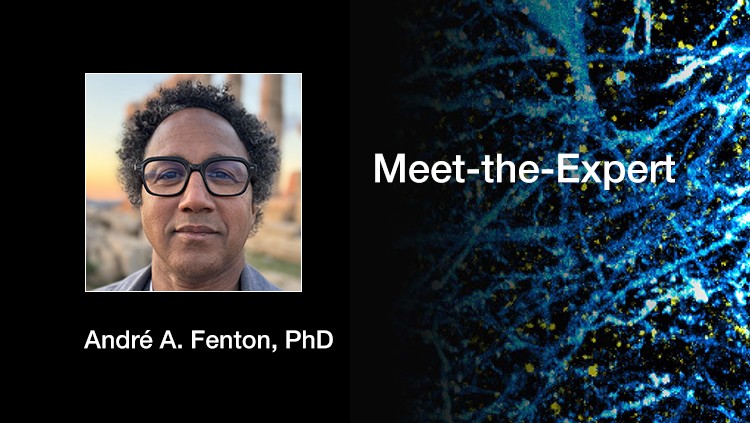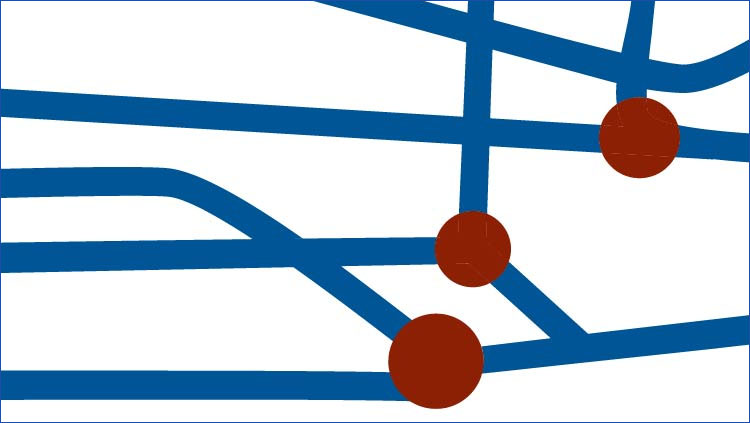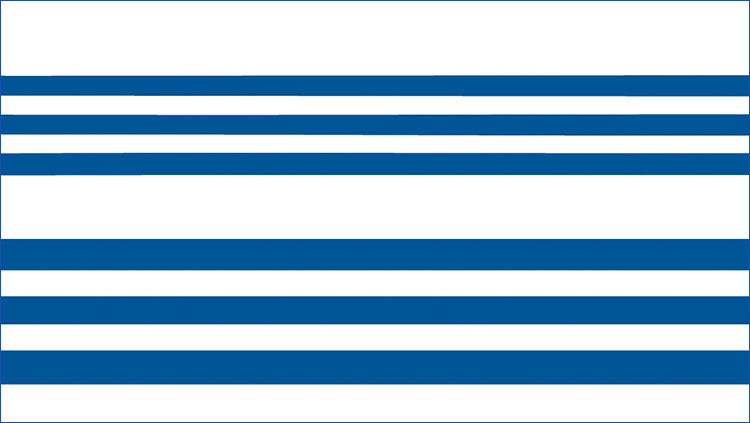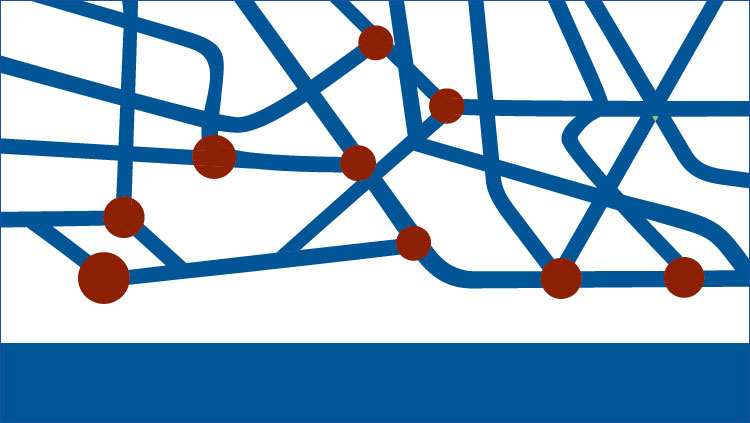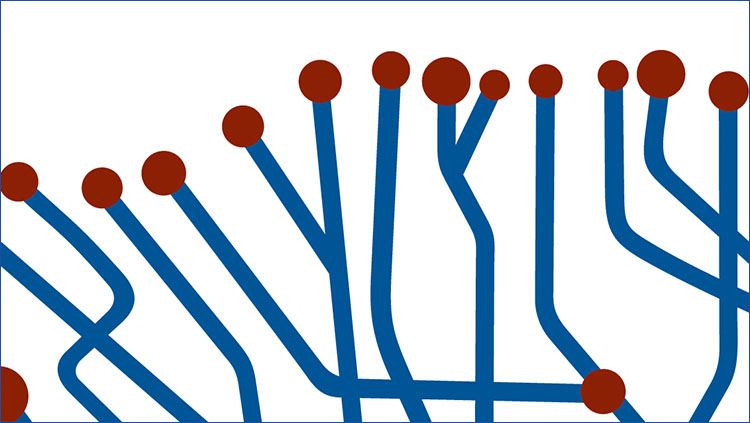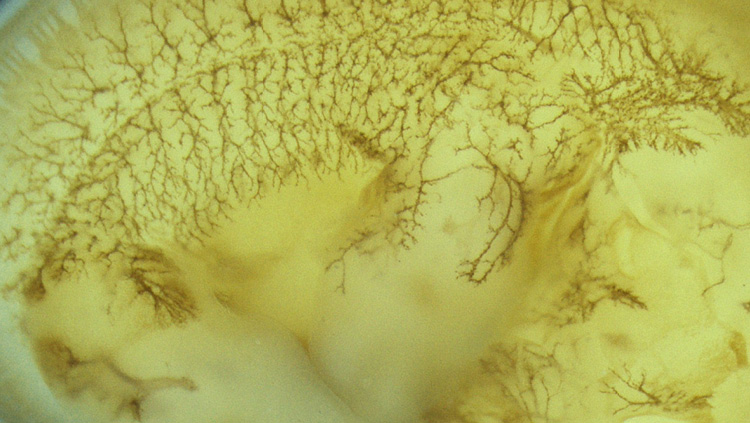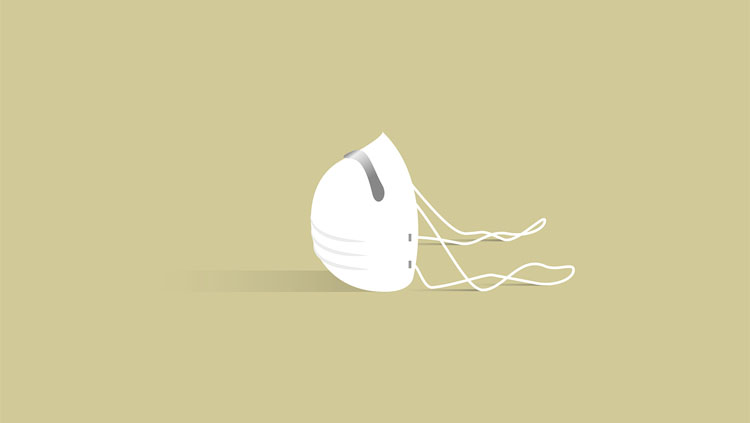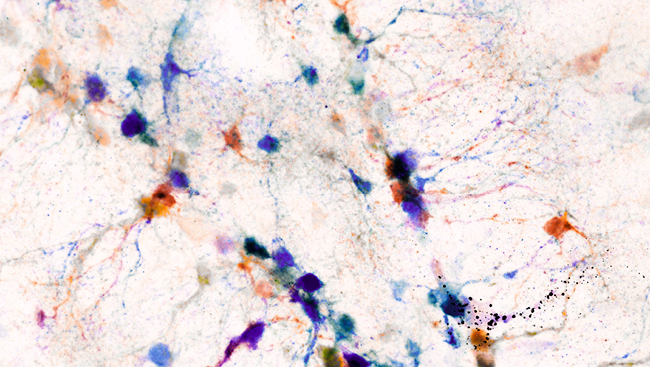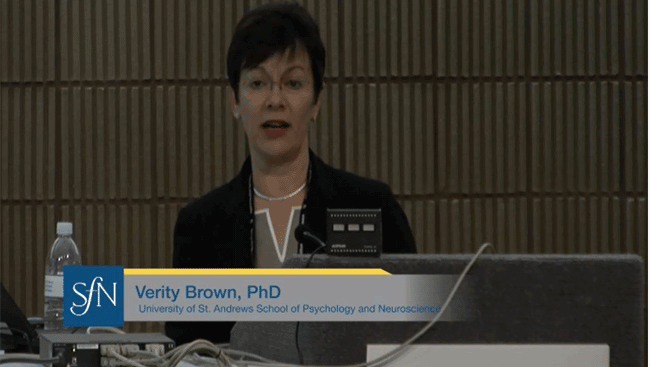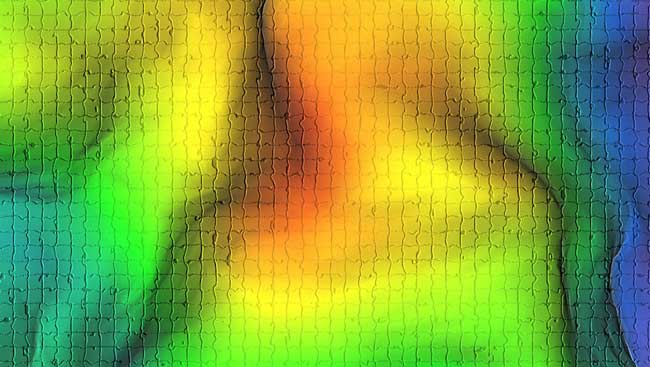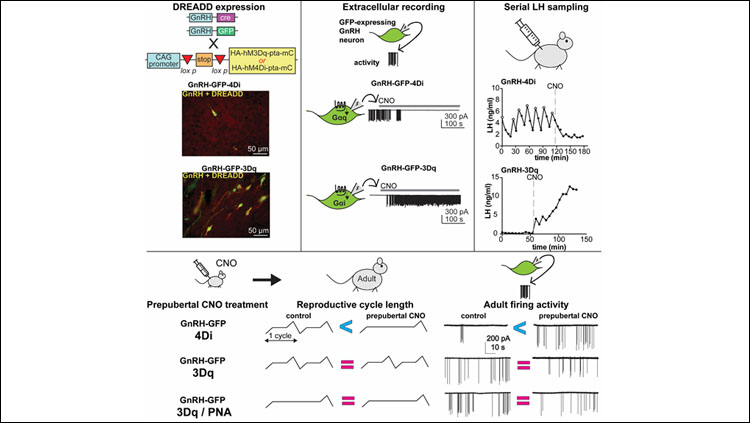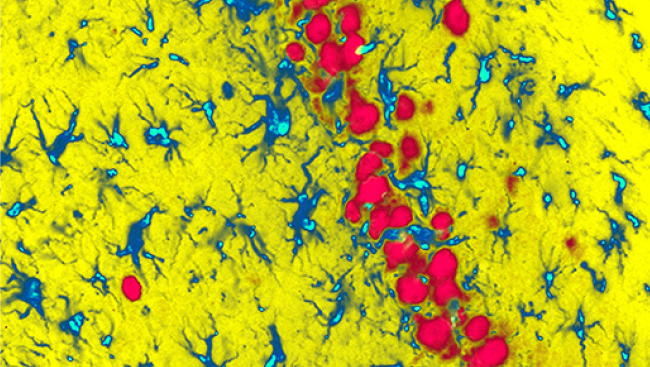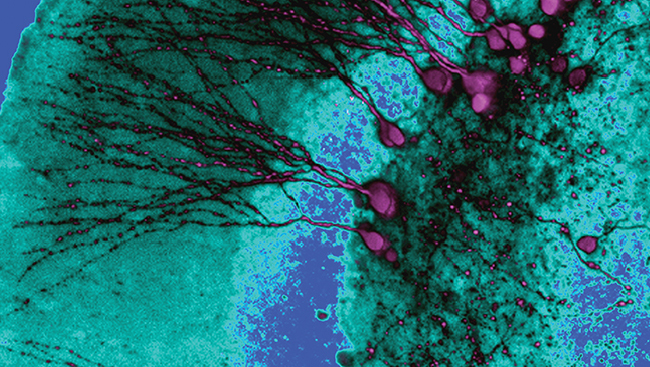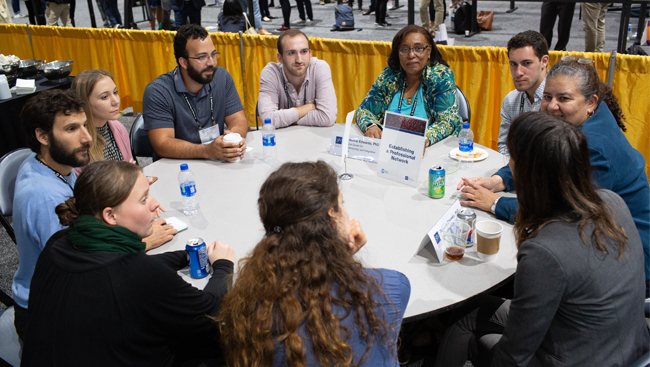Scientific Research
Stay apprised of findings from across the field with summaries of research published in SfN journals, and learn about rigor, responsible conduct of research, and other topics important to the scientific community.
Filter
Refine by
168 - 180 of 612
-
Feb 26, 2021
-
Feb 26, 2021
-
Feb 26, 2021
-
Feb 24, 2021
-
Jan 26, 2021
-
May 04, 2017
Neuronline's vast collection of professional development and training resources offers guidance for people at all career stages with diverse interests and responsibilities.

